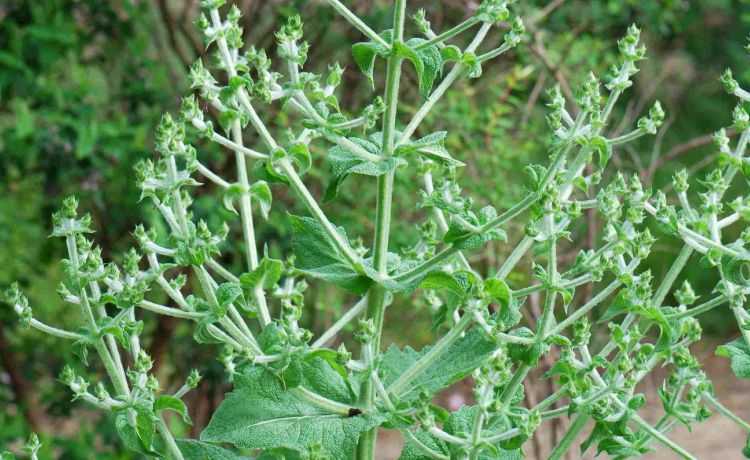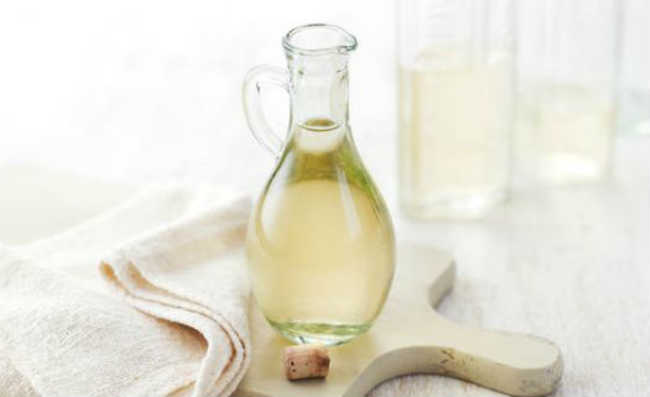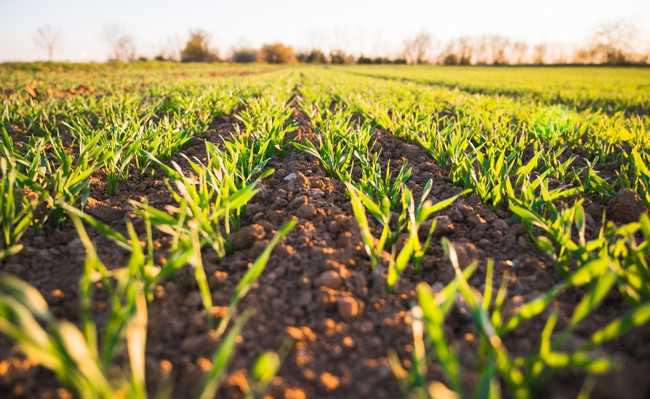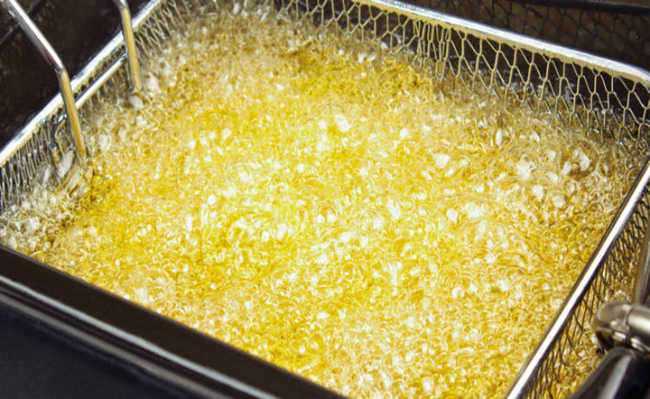Salvia hispanica L.: what it is and benefits
The seeds of Salvia hispanica L., or chia, help you lose weight and prevent a variety of illnesses. Understand

Hispanic Salvia L , popularly known as chia, is a plant native to Mexico and Guatemala. THE Hispanic Salvia L. belongs to the family Lamiaceae and it is also known as Spanish sage, Mexican chia and chia negra. the foot of Hispanic Salvia L. it flowers annually and has a height of about one meter and can grow in well-drained clayey and sandy soils.
Salvia hispanica or chia seeds
the seeds of Hispanic Salvia L. are becoming increasingly popular in the modern diet of many countries. But its consumption has been around for 5500 years, having started to be consumed in 1,500 BC. Traditionally, chia seeds were used by Aztecs and Mayans in the preparation of popular medicines and foods. In pre-Columbian societies, the seeds of Hispanic Salvia L. they were the second largest crop after beans. THE Hispanic Salvia L and the oil from its seeds were used in Aztec communities as food, cosmetics, and religious ritual articles since prehistoric times.
The word "chia" is derived from the Spanish word "chian", which means oil.
Benefits of Salvia hispanica L.
protein source
the seeds of Hispanic Salvia L. are true sources of protein (about 20%). The protein content of chia seed is the highest of all cereals. The absence of gluten in Hispanic Salvia L. It is an advantage for anyone suffering from celiac disease. Furthermore, studies have shown the presence of nine essential amino acids in the seed of the Salvia Hispanica L., in significant amount. This data makes the seed of Hispanic Salvia L. a food aid in weight loss. Since protein rich foods have a great effect on weight loss due to the loss of fats in the body.
The results of one study revealed that a protein intake of 25% of total energy intake provides significant fat loss. A high protein diet also helps maintain body weight. A high protein intake (18% of total energy intake) and low protein diet (5% of total energy intake) in 113 overweight men and women was investigated for four weeks. It was concluded that the group that was fed a high-protein diet lost more weight than the other group that was kept on a low-protein diet. Regular intake of chia seed can help overweight men and women to lose weight.
Fiber source
Fibers contained in foods and especially in whole grains are important biocomponents. A large number of studies have shown that fiber consumption lowers the risk of heart disease, type 2 diabetes mellitus, and various types of cancer. In addition, fiber consumption has been associated with an increased feeling of satiety after a meal. the seed of Hispanic Salvia L . contains between 34 and 40 g of dietary fiber every 100 g, which is equivalent to 100% of the daily recommendations for the adult population. the flour of Hispanic Salvia L. Degreased has 40% fiber, and 5-10% is of the soluble type. This fiber content is higher than the fiber content of quinoa, linseed and amaranth.
Mineral source
The amount of calcium, phosphorus and potassium present in Hispanic Salvia L. it is much greater than the amount present in wheat, rice, oats and corn. The amount of iron present in the Hispanic Salvia L. it is 2.4 to six times larger than in spinach and liver.
Antioxidant Effects
Free radicals present in the human body lead to oxidative damage to organs and biochemicals. This oxidative stress caused by free radicals can result in diabetes, arteriosclerosis (blockage of the arteries), thrombosis, inflammation and various types of cancer.
The presence of caffeic acid, chlorogenic acid and quercetin in the seeds of Salvia hispanica L. make them a food with great antioxidant potential.
Studies in vitro showed that polyphenols present in Salvia hispanica L. seeds significantly inhibited free radicals and that this free radical scavenging activity was greater than that of other antioxidant sources such as Moringa oleifera.
cardioprotective effects
Studies have revealed that Salvia hispanica L. is a great source of omega-3 fatty acids, iron, and gluten-free fiber, and has more calcium and magnesium than milk.
Intake of 37 g of chia seeds daily stabilized the blood glucose level in diabetic patients, preventing myocardial infections and strokes. Studies have shown that Salvia hispanica L. contributes to lowering cholesterol and blood clotting; prevents oxidative stress and epilepsy and improves the immune system. The consumption of chia during pregnancy helps the development of the retina and brain of the fetus.
In addition, consumption of chia seeds has a decreasing effect on triglycerides and increases beneficial HDL cholesterol.
Another benefit of chia seed was that it greatly decreased visceral fat and LDL (bad cholesterol) cholesterol levels.
Oil of Salvia hispanica L . as a skin cure
A study was conducted to determine the likely benefits of omega-3 fatty acids. A topical formulation was prepared with the addition of 4% chia oil and applied for 8 weeks to eight patients with skin problems. At the end of the study, it was concluded that the application of chia oil significantly improved skin hydration and itching.
insect control
The leaves of Salvia hispanica L. contain an essential oil that contains β-caryophyllene, globulol, γ-murolene, β-pinene, α-humolene, germacren-B and widdrol. These compounds are believed to have strong repellent characteristics to a wide range of insects.
Did you like Salvia hispanica L? So get to know the other types of salvia and their benefits in the matter: "Salvia: what they are for, types and benefits"










